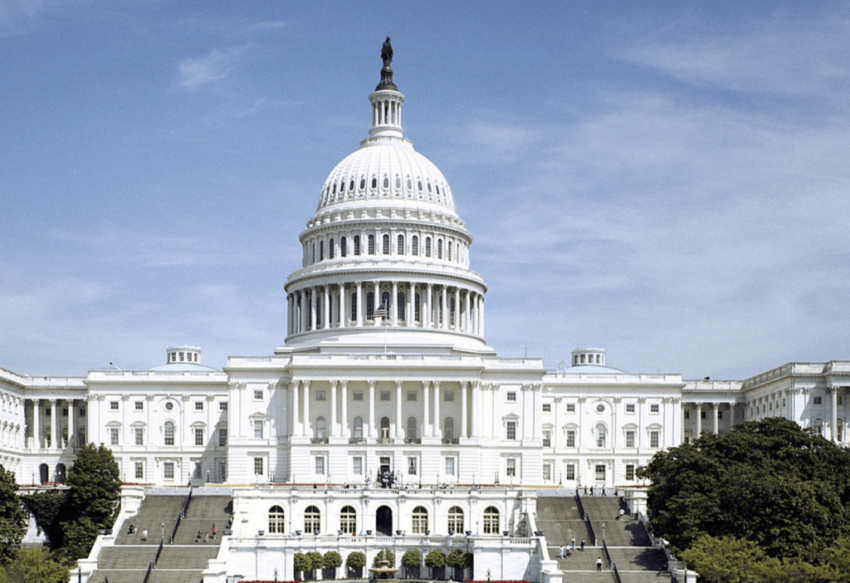REAL CLEAR HEALTH – Why do prices in healthcare consistently rise faster than prices for everything else in the economy? Ever wonder why this is so?
There is a very good reason, but one not commonly known.
According to Mercer’s 2024 National Survey of Employer-Sponsored Health Plans, prices for health insurance will rise 5.8 percent in 2025, the third year in a row that healthcare inflation exceeded general inflation.
This pattern of healthcare costs rising faster than most things is well documented. In 1960, the U.S. spent 5.6 percent of GDP on healthcare. Last year, that expenditure was an exorbitant 17.5 percent of GDP.
Employers report they will have to employ cost-cutting measures to offset next year’s higher cost of health insurance, such as raising employees’ deductibles.
…article continued below
– Advertisement –
Of course, this simply passes the inflation on to consumers by increasing workers’ out-of-pocket healthcare costs, which were a staggering $12,637 in 2023.
Reporter Ginger Christ writes the reason for healthcare’s excessive inflation is “an imbalance between the number of healthcare workers and the demand for services.”
In economic terms, supply of healthcare services is not keeping up with demand, so prices rise.
More people demand (and expect) medical care services and goods as more Americans have government health insurance through no-charge Medicaid or ACA subsidies.
Add to this millions of illegal aliens now eligible for Medicaid, and the explosion of demand is clear.
…article continued below
– Advertisement –
“Supply” encompasses caregivers as well as dollars to pay them. The supply of both is shrinking. The worsening shortage of caregivers – doctors, nurses, and therapists – is well documented. What about the supply of money for healthcare?
Last year the U.S. spent $4.8 trillion on its healthcare system, an amount greater than the Japan’s GDP. There is no shortage of dollars per se, just dollars to pay caregivers …
